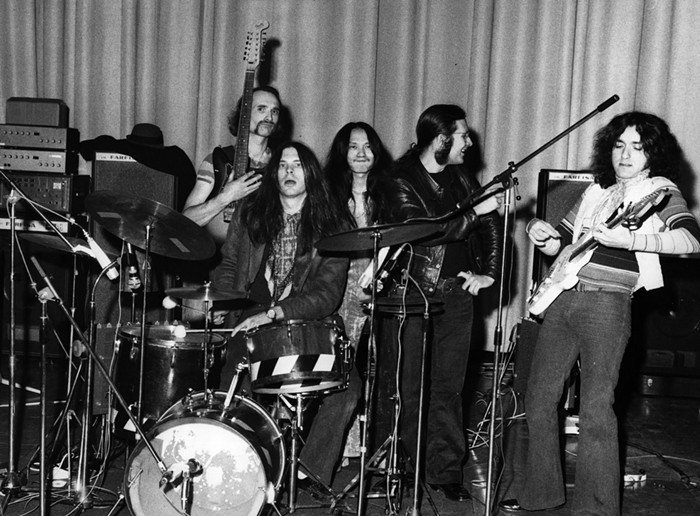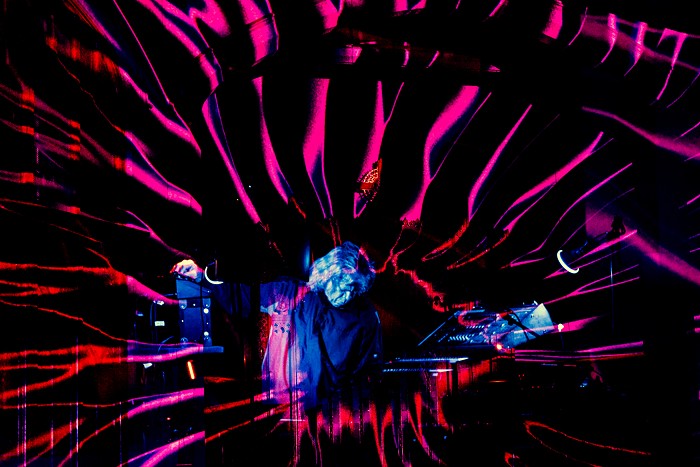"Wait! No! Stop, leave it!" I yelled—or something like that—at Zeitgeist Coffee recently when a CD began skipping into a prickly rainbow of stuck voices: shuh-shuh-shush-shush-shud-shud-shud-shud-duh-uh-uh-uh-uh-uh... I'm grateful the baristas left it on for more than just a few seconds. I love the "benevolent catastrophe" of what scholar Caleb Kelly champions in my favorite book of 2009, Cracked Media: The Sound of Malfunction (MIT Press).
"The practice of cracking and breaking playback media folds the flow of production and consumption back on itself," Kelly writes. If you remember those eerie 1990s Calvin Klein ads with the gloaming hum and gently scraping ticks or revere the turntablist's art of mixing and beat matching, you've witnessed cracked media mutating into music. Kelly aptly quotes Christian Marclay: "It's when the technology fails that something interesting happens."
While Marclay and his reglued LP fragments are familiar to anyone passionate about music, Kelly profiles many lesser-known progenitors like vinyl LP saboteur Milan Knížák; Japanese Fluxus artist Yasunao Tone, who prepared CDs in the early 1980s with Scotch tape; and Nicolas Collins, who, working from what Kelly smartly summarizes as "the notion of circuit board as score," tampered with the CD player's hardware.
As recent music history always remains a locus of conflict and competing memories, Kelly wisely admits his book is not complete. Local fans of the avant already know Steve Layton's prophetic and unabashedly beautiful Socrate gloss: Bords de l'Ilissus (1987), fashioned from a skipping CD of Erik Satie's Socrate—which you can hear by scrolling midway down the page at www.niwo.com/steve/music/Mp3workspage2.html—as well as Jesse Paul Miller's "Secret Records," wistful resin-cast records embedded with leaves and other objects.
By contrast, Greg Milner's Perfecting Sound Forever (Faber & Faber) grandly sweeps through the history of recorded sound from Edison inventing the wax cylinder to today's "Loudness Wars" in which software plug-ins pump up mainstream pop and rock with the sonic equivalent of half-gallon breast implants. Milner writes lucidly. I have never read a better description of the differences between electrical and acoustic recording; despite being an audio-history buff, I learned a great deal. A well-traveled music journalist, Milner understands that perfect sound, "high-fidelity," is chimerical: "We never fully agree on what perfect sound is, so we keep trying, defining our sonic ideals against those of others..."
I wish Milner had mentioned EMI's stereo experiments with Otto Klemperer conducting Beethoven (trust me, the Symphony No. 7 was never heavier) in 1955 and Denon's early 1970s foray into 14-bit PCM recording, but those are niggling complaints. Any book that deftly weaves Joe Meek, King Tubby, Emory Cook's Rail Dynamics LP, the Linn drum machine, and Pro Tools into a single narrative is essential reading. ![]()


















